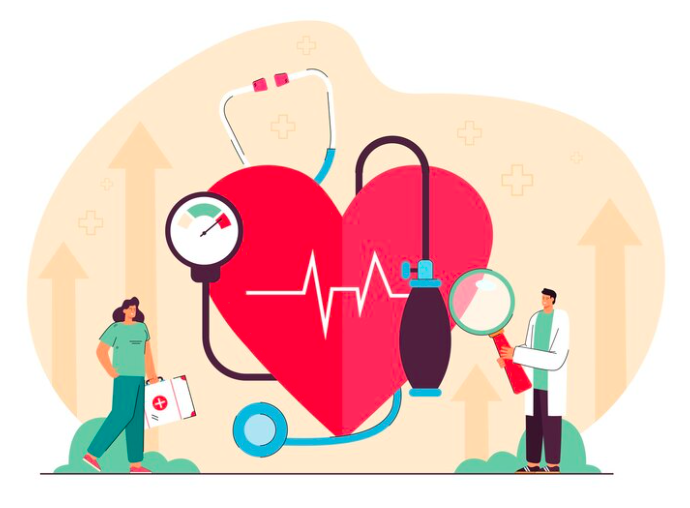Hypertension‘s Silver Lining is Exercise: A Path to Healthier Living
Posted on August 6th, 2024 by Andries Lodder
Hypertension, commonly known as high blood pressure, is a chronic medical condition where the force of the blood against the artery walls is consistently too high. This condition affects millions globally and is a significant risk factor for heart disease, stroke, and other health problems. One of the most effective ways to manage and prevent hypertension is through regular exercise.
Understanding Hypertension
Blood pressure is measured in millimeters of mercury (mmHg) and recorded as two numbers: systolic pressure (the pressure when the heart beats) over diastolic pressure (the pressure when the heart rests between beats). Normal blood pressure is usually around 120/80 mmHg. Hypertension is defined as having a consistent reading of 130/80 mmHg or higher.

The Role of Exercise in Managing Hypertension
Regular physical activity is one of the most effective non-pharmacological strategies to lower blood pressure. Exercise helps improve heart health, making it stronger and more efficient at pumping blood, which reduces the force on arteries. Here’s how different types of exercise can benefit individuals with hypertension:
- Aerobic Exercise: Activities like walking, jogging, cycling, and swimming are highly effective in lowering blood pressure. Aim for at least 150 minutes of moderate-intensity or 75 minutes of high-intensity aerobic exercise per week.
- Resistance Training: Strength training exercises, such as lifting weights, can also help reduce blood pressure. Incorporate resistance training exercises at least two days a week.
- Flexibility and Balance Exercises: While these exercises, such as yoga and stretching, do not directly lower blood pressure, they improve overall physical fitness and can reduce stress levels, which indirectly helps manage hypertension.
Mechanisms Behind Exercise Benefits
Exercise helps in multiple ways:
- Weight Management: Physical activity aids in maintaining a healthy weight, reducing the strain on the heart and blood vessels.
- Improved Blood Vessel Function: Exercise improves the elasticity of blood vessels, allowing them to expand and contract more easily, which helps lower blood pressure.
- Stress Reduction: Regular physical activity reduces stress hormones, such as cortisol, which can contribute to high blood pressure.
- Enhanced Kidney Function: Exercise helps kidneys better regulate sodium and fluid balance, contributing to lower blood pressure.
Getting Started
For those with hypertension, it’s essential to consult with a healthcare provider before starting a new exercise regimen. Thereafter, it is important to consult with a Biokineticist to guide you on the correct exercise and they will help you to gradually increase the intensity and duration of exercise. Consistency is key, and incorporating a variety of activities can keep the routine enjoyable and sustainable.
Conclusion
Exercise is a powerful tool in the fight against hypertension. Regular physical activity can help lower blood pressure, improve heart health, and enhance overall well-being. By making exercise a regular part of daily life, individuals can take significant steps toward managing their blood pressure and leading healthier, longer lives.
Tweet